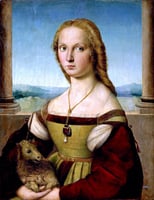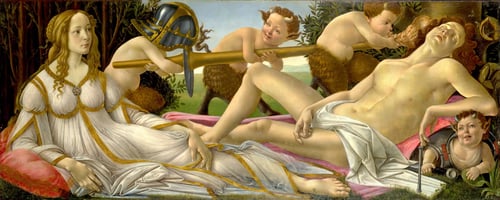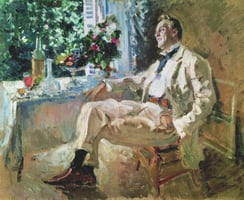The Cinquecento, meaning "500" in Italian, is the period in art history between the late 15th...
Northern Europe Experiences a Renaissance in Art, Culture and Education
The Northern Renaissance was a period in European art history that spanned the 15th and 16th centuries. It was marked by a new emphasis on naturalism, realism, and a growing interest in classical antiquity. The Renaissance began in Italy in the 14th century and quickly spread to the rest of Europe. While the Italian Renaissance is often viewed as the most influential period in the development of Western art, the Northern Renaissance also had a profound impact on the evolution of European painting and sculpture.
The Northern Renaissance was characterized by a renewed interest in the classical world and its art and literature. This was in stark contrast to the Gothic period which had preceded it. Artists and intellectuals began to explore the works of ancient Greek and Roman writers and philosophers, and applied their findings to their own art and literature. This led to a renewed appreciation for the human form and its potential to convey emotion and depth.
The most prominent figures of the Northern Renaissance were the Dutch painters, Jan van Eyck, Hieronymus Bosch, and Pieter Bruegel. Their works were characterized by a new attention to detail, and a bold use of color and light. Their paintings, often depicting scenes from everyday life, were filled with a sense of joy and optimism that was unique to the period. Jan van Eyck's masterpiece, The Arnolfini Portrait, is a prime example of the naturalistic tendencies of the Northern Renaissance.
The Northern Renaissance also had a major impact on sculpture. The most prominent sculptor of the period was Michelangelo, who created some of the most iconic sculptures of the period, including his most famous work, the David. Michelangelo was greatly influenced by the works of the ancient Greeks and Romans, and his sculptures often depicted heroic figures in motion and with a sense of grandeur.
The Northern Renaissance also saw a revival of printmaking. This was largely due to the invention of the printing press by Johannes Gutenberg in the mid-15th century. With the printing press, books, pamphlets, and other printed material could be quickly and easily produced. This allowed for the rapid spread of ideas and knowledge throughout Europe.
The Northern Renaissance was a major period of artistic and cultural development in Europe. Its impact on painting and sculpture was profound, and its influence can still be seen in many works of art today. Its emphasis on naturalism and realism, as well as its appreciation for classical antiquity, set the groundwork for the development of modern European art.




